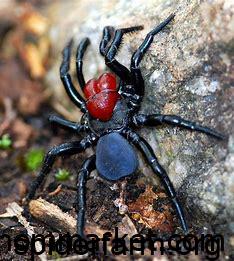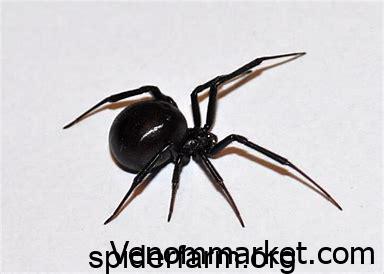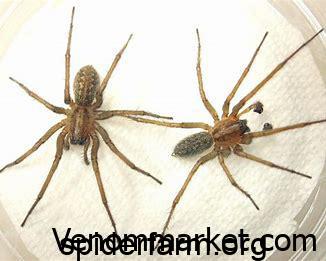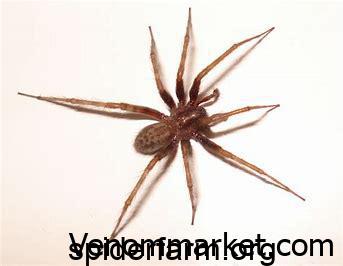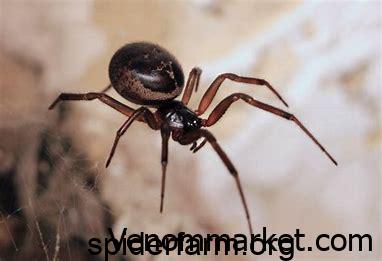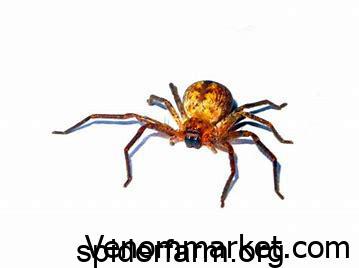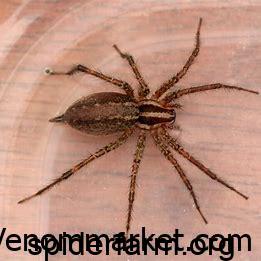-scorpion venom
-Scorpion venoms can stimulate the neuroendocrinal
Scorpion venoms can stimulate the neuroendocrinal-immunological axis by its ability to release catecholamines, corticosteroids, bradykinin, and prostaglandins and all these agents proved to induce the release of immunological mediator cytokines.
Scorpions VenomThere is now accumulating evidence to suggest a causal relationship between overproduction of certain cytokines such as IL-1 and IL-6 and morbility and mortality associated with critically ill patients. Sofer 1995,was the first that reported the involvement of the inflammatory systems after scorpion envenomation in humans. In this work is documented the increment of IL-6 levels in the serum of 8 of 10 children severely envenomed by the scorpions L.
Scorpions Venom
quinquestriatus and B. judaicus. The cytokines were measured on admission to the hospital and 1 to 3 hours after the sting IL-6 levels gradually returned to normal values at 12 and 24 hours measurements, but remained above control levels in all measurements. These results were quite similar to those found by others authors that described the cytokine production after sting caused by Tityus serrulatus scorpion in humans. With respect the experimental animal high levels of cytokines were found in serum from mice injected with Centruroides noxius and T.
Scorpions Venomserrulatus venom. In all works the authors concluded that the activation and release of cytokines may play an important role in the pathophysiology of envenomation after stings and may be responsible for some systemic inflammatory manifestations and organ failure. More human and experimental animal studies are required to determine the contribution of the inflammatory system in the genesis of scorpion envenomation.
-Scorpion venom is a cocktail of toxins
Scorpion venom is a cocktail of toxins, some of which activate voltage-gated sodium ion channels, causing intense pain. Dorsal root ganglia (DRG) contain nociceptive neurons and are principal targets of scorpion venom toxins. To understand if mutations in specific ion channels contribute to venom resistance, a pallid bat DRG transcriptome was generated.

As sodium channels are a major target of scorpion venom, we identified amino acid substitutions present in the pallid bat that may lead to venom resistance. Some of these substitutions are similar to corresponding amino acids in sodium channel isoforms responsible for reduced venom binding activity.
Scorpions Venom
The substitution found previously in the grasshopper mouse providing venom resistance to the bark scorpion is not present in the pallid bat, indicating a potentially novel mechanism for venom resistance in the bat that remains to be identified. Taken together, these results indicate that the pallid bat is resistant to venom of the bark scorpion and altered sodium ion channel function may partly underlie such resistance.
-about scorpion venom
The Malaysian Forest Scorpion does well under humid conditions. They can be kept in a 2 1/2 to 15-gallon terrarium depending on the number of scorpions.about scorpion venom A substrate of damp sand and peat moss with a top layer of cypress mulch, about 3″ deep.

scorpion venom:Also provide a shallow, wide water dish. A sheet of cork bark or similar shelter should be added to the Malaysian Forest Scorpion’s enclosure. This species like it warm and humid. Keep the enclosure maintained at about at 75° – 90 °F with the humidity level at 75 to 80%A good habit to get into is cleaning up any uneaten prey items the day after feeding your scorpion as decaying organic matter commonly attracts mites, fungus, mold and other potentially harmful organisms into the enclosure.
scorpion venom: If your pet has recently molted, remove uneaten prey items immediately. Newly molted scorpions are vulnerable until their exoskeletons hardens.
Scorpions Venom




